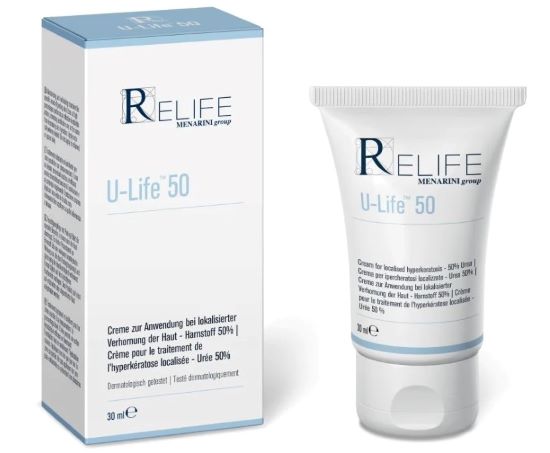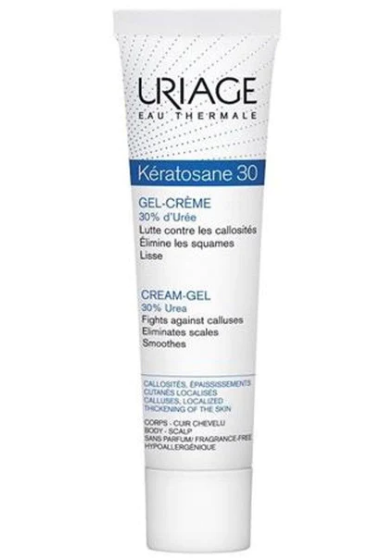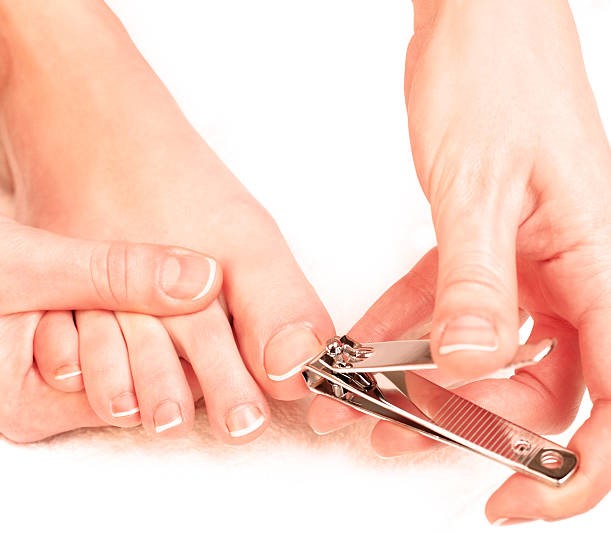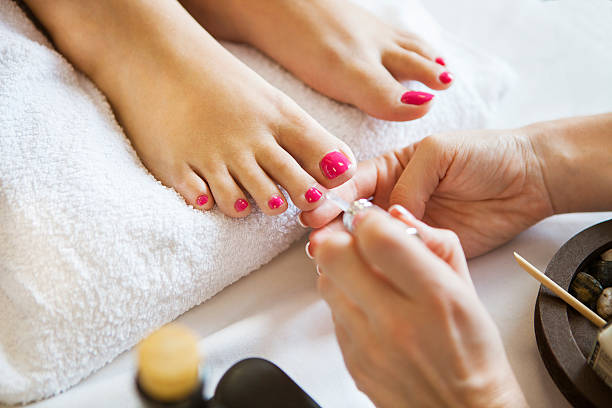
Top pharmacist shares how to get your feet flip-flop ready in 5-days
Irish Pharmacist Sheena Mitchell from wondercare.ie shares her top tips to getting your feet ready for your holiday flip flops and summer sandals.
Unsurprisingly our feet are probably the most neglected aspect of our skincare and beauty regime, with most people not a big fan of feet in general. Of course, the Irish weather doesn’t help much since our feet are kept under wraps for most of the year in waterproof shoes and runners.
Typically, we only think of tending to our precious feet in the minutes or hours before we are ready to bare them in public, and a quick lick of nail polish is usually the best effort we make. However, with a little planning ahead, Pharmacist Sheena Mitchell outlines some simple but effective ways to make our feet look and feel beautiful.

This advice is not just for females either, men please take note of Sheena’s practical tips.
Step 1 – Smooth & Hydrate
Hyperkeratosis is the condition that causes the thickening of the outer layer of skin, usually found around the ball of your foot and sometimes around your heels. This tough skin is made of keratin, hence the name hyperkeratosis.
To treat this hardened skin, simply bathe your feet before bedtime in warm soapy water. Once clean and dry, apply a liberal amount of Relife U-Life 50 cream to your feet. Massage the paste in and allow to fully soak in before getting into bed or just pop on a pair of bed socks if you prefer.
Available from your local pharmacy, Relife U-Life 50 Cream is a moisturising and exfoliating paste for use in specific areas of thickened, peeling skin. With a unique combination of ingredients including Urea 50% it has a keratolytic effect, increasing the amount of moisture in the skin and dissolving the substance that causes the skin cells to stick together.

This makes it easier for your feet to shed the skin cells while also increasing skin hydration levels. This unique formulation contains Lanolin, so it will leave your feet feeling soft to touch too.
Do this every evening before bed for five days before your summer holiday and your feet will both look and feel amazing. I call it my ‘miracle cream’!
Another cream for less problematic feet is the Uriage Keratosane 30 Cream Gel. Its formulation contains less Urea at 30% and also produces a keratolytic action on rough or calloused skin areas of the body.

This cream gel texture is quickly absorbed and doesn’t leave behind any residue. It can be applied twice a day to cleansed, dry skin and is suitable for use on dry skin areas including the elbows and knees, or patches of psoriasis on the body and scalp.
Step 2 – Trim Nails
When trimming your toenails, it is important to use the right technique in order to prevent an uncomfortable ingrown toenail. Some people like to cut their toenails after a bath or shower as the tissue is softer and easier to work with.
Cut your toenails straight across, leaving them long enough so that the corners lie loosely against the skin at the sides. Don’t cut your toenails too short, the white area at the tips of your nails should never be fully removed. Leave a small slice approximately 1-2mm of white nail remaining so that you don’t risk painful damage to your nail bed.

Never use the same nail clippers on your hands and feet as you could potentially transfer a fungus infection from one location to the other. A good pair of toenail clippers should be kept clean by wiping down with rubbing alcohol or antibacterial wipes to get rid of any lingering germs or fungus.
Some toenail problems will require medical attention. Your local pharmacist can advise on most issues, however for more series issues you may need to see your GP for a prescription or a chiropodist to deal with painful ingrown toenails. Those with diabetes should pay particular attention to foot problems and always consult with their doctor.
Step 3 – Polish
A pedicure with nail polish can really give your feet a lift. Lots of women now choose a gel nail polish as they tend to last around 4-6 weeks on toes without any chipping and only minimal regrowth.
The key to avoiding any damage to the nail bed is to ensure that you get the polish properly removed so that you minimise the risk of peeling off any layers of your natural nail with the polish. The removal process can weaken the nail, so it is important to give it the time to have the gel product that has been cured on to your nails removed with soakage rather than scraping or filing.

Try to give your natural nails a chance to breathe between gel nail applications to keep the natural nail healthy. Finally, with any nail polish that uses a lamp to emit UV light, be sure to protect the skin on your hands or feet with SPF to avoid any UV damage or accelerated aging. Apply a high factor sunscreen to your hands or feet twenty minutes prior to your manicure or pedicure appointment.
Ask Your Pharmacist
Your community pharmacist is uniquely positioned as an accessible healthcare professional in your community. With in-store consultation rooms now available in most pharmacies, you can even show them any concerns that you might have with your feet. Your pharmacist can offer advice on the various at-home treatments available to you and your family and recommend when to visit your GP.
Tune into the WonderCare.ie Podcast for more expert advice and tips to mind your family’s healthcare. Find a WonderCare Podcast on iTunes, Spotify or wherever you stream your podcasts.
Sheena Mitchell is a mum of three children who provides expert pharmacist advice through her community pharmacy – Milltown totalhealth Pharmacy in Dublin and online healthcare platform WonderCare.ie.





